by Isaías Pagán de Jesús
This semester I live in Cairo, in the heart of Egypt. I’m writing this from Hurghada, right on the shore of the Red Sea. As a sort of gradient between the two stands Alexandria, right on the coast of the Mediterranean sea.
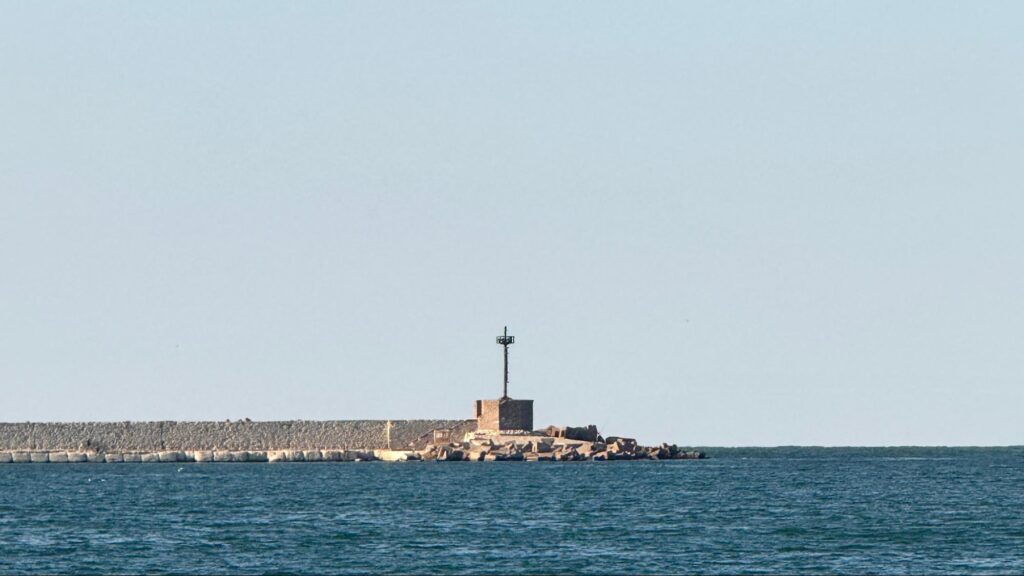
My parents decided to visit me in Egypt all the way from Bentonville, Arkansas, and the first place we went to together was Alexandria on Friday, March 21st. They had never been to the Middle East and I hadn’t had the chance to visit Alexandria yet, so this was a new experience for all three of us. In this post I’d like to share some of the things we did over that weekend and my reactions to some of those things.
Corniche El Nil / Corniche Mediterranean
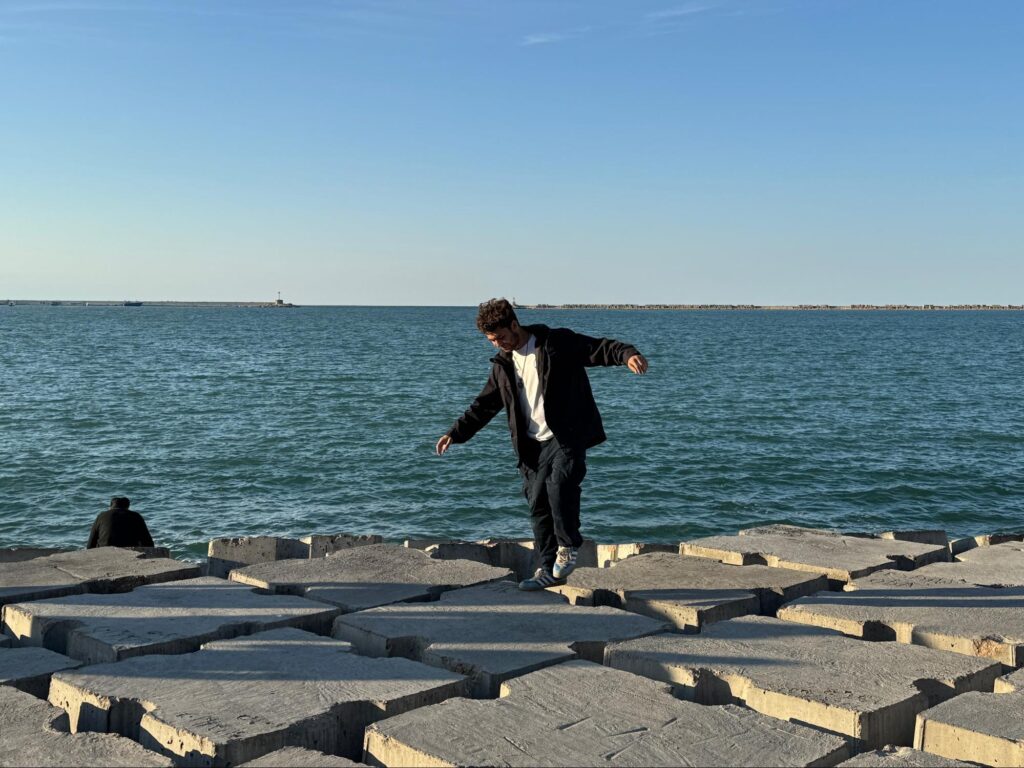
Up until the trip to Alexandria, I think I hadn’t quite realized all I’ve learned during my time here. It was a welcome surprise, as I wasn’t sure how my experience in Cairo and New Cairo would apply to a place that, from a distance, seemed very different from Cairo. Nonetheless, I found several frames of reference, that even if they didn’t point to similarities between the two cities, served as a point of comparison.
Arabic
In both of my Arabic classes, Intermediate Egyptian Colloquial and Intermediate Modern Standard, I stand as one of the weakest students, but up until this point, what’s motivated me is thinking that just taking class with my peers would make me improve, just like how Luca’s simply trying to keep up with Carmy made him a better chef in The Bear.
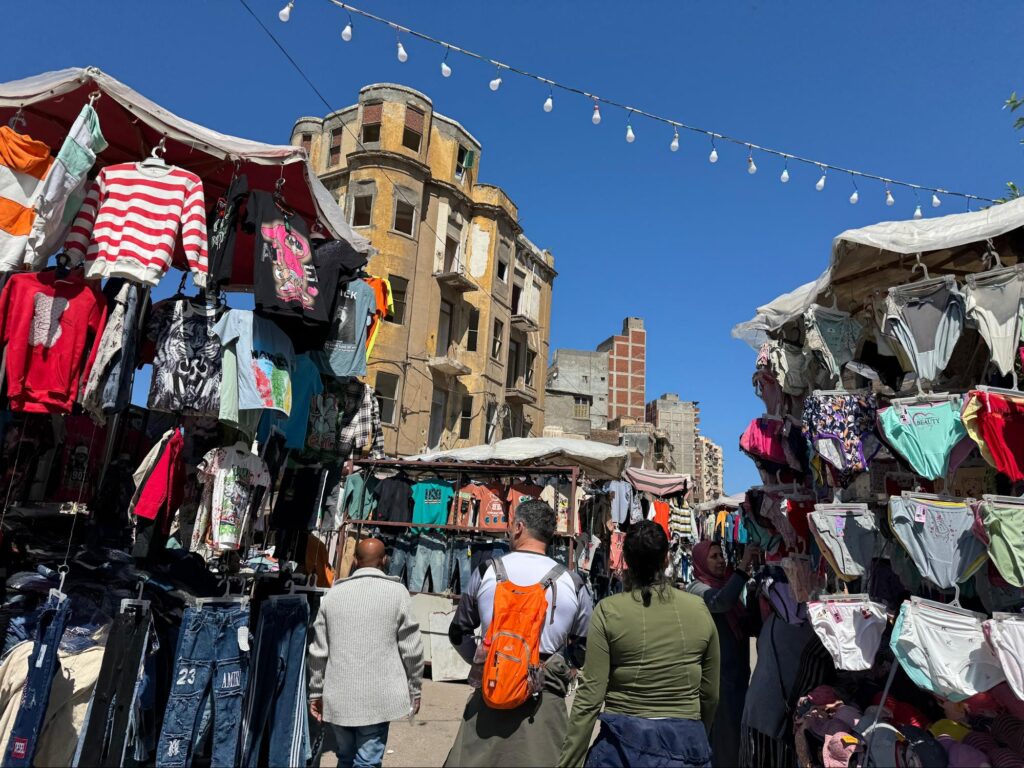
Visiting Alexandria with my parents put that theory into practice. Exploring the new city with them, I was forced to use the language much more than in Cairo, where I usually relegate communication to my friends Duha or Maahir who speak it much better than I. Through these moments of communicating – at least enough to buy student tickets and to ask an Uber driver about a Muhammad Ali Pasha statue – and by teaching my parents vital phrases to go around Egypt, I feel that my perspective shifted from being one in which I only saw how much I had left to learn to one through which I also see how much I’ve learned up until this point. There’s something quite special about having this revelation in a completely new city, like repeating an experiment in a different system to see if it still works.
The Blend
Cairo is a blend. This is something I understood to be true after a week being here. The language is a blend of Colloquial, Modern Standard, English, and tourist tongues. Transportation is a blend of Ubers, bikes, buses, and tuk-tuks. Architecture is a blend of ancient Fatimid, Ayyubid, and Mamluk mosques and furnished, beautiful, and dusty shops.
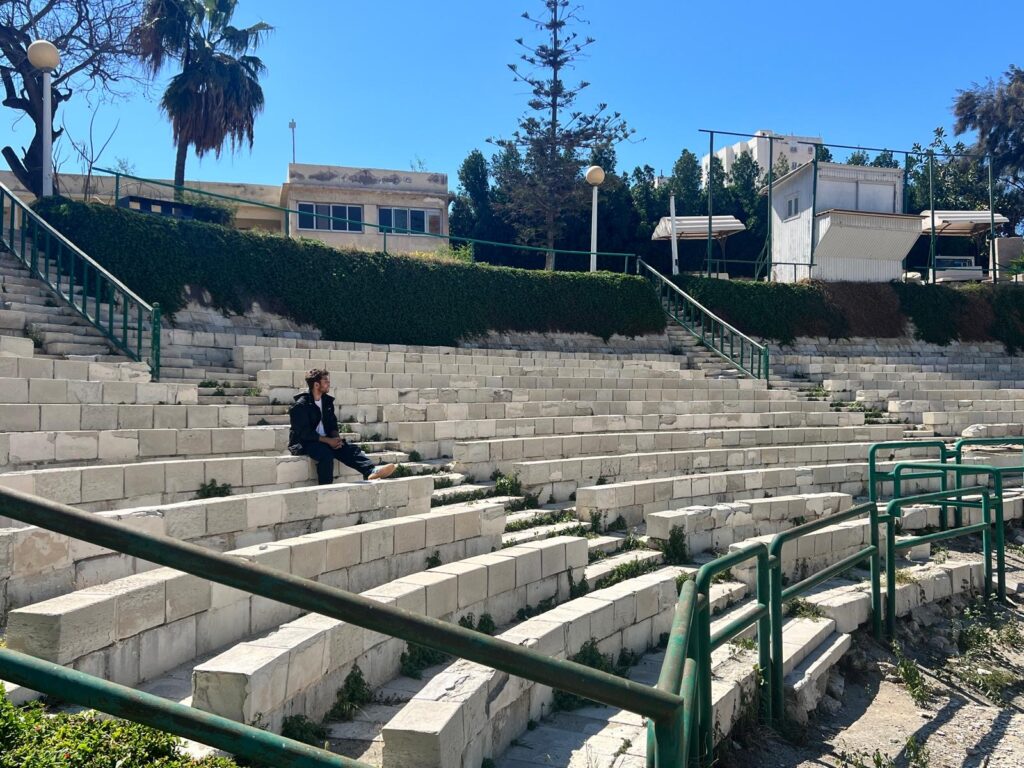
By spending more time in Egypt, particularly in Alexandria, I feel as though the country as a whole can be understood through a series of blends. Different geographies and times coalesce in different places that still create a distinctly Egyptian culture. It could then be argued that the “Egyptian” culture isn’t distinct enough – Cairo is different from Alexandria. Speaking of which, Alexandria’s blend presents itself, in a way, similarly to Cairo – through its history. Differently from Cairo, however, Alexandria stands as a representation of its Greek, Roman, and modern and ancient Egyptian past from Greek inscriptions and Pharaonic talismans to sphinxes and Roman amphitheaters. Socially and infrastructurally, it is a blend between the metropolis of Cairo and the beach town of Hurghada.
Places
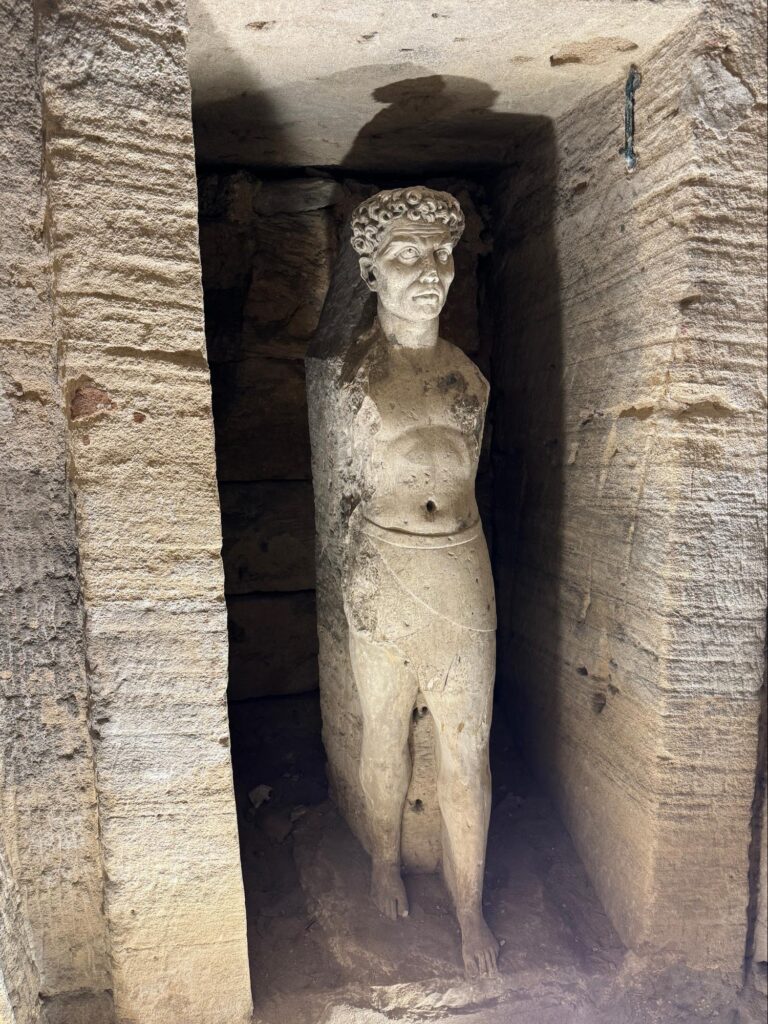
Now that I’ve given some sort of context for the wonderful city of Alexandria, I’ll leave you with some glances into the places we visited.
Catacombs of Kom El Shoqafa
This was the first place we went to and I can say it was my favorite part of the journey because it’s emblematic of everything that fascinates me about it. The catacombs were used for centuries as a necropolis, and they contain Pharaonic, Roman, and Greek decorations. For example, inside one can find themselves face to face with a statue with an Egyptian-style body but a Greek-style bust.
Qaitbay Citadel
Another one of the most spectacular stops was Qaitbay Citadel, a fortress built in 1477 by Sultan Qaitbay. Although it was a very impressive complex, I did feel my personal experiences and biases compete with the splendor of the place in and of itself. Normally, I try to avoid reacting to things with comparisons, as I think one should at least try to make a conscious effort to see things at face value and just feel them before imparting any sort of analysis on them.
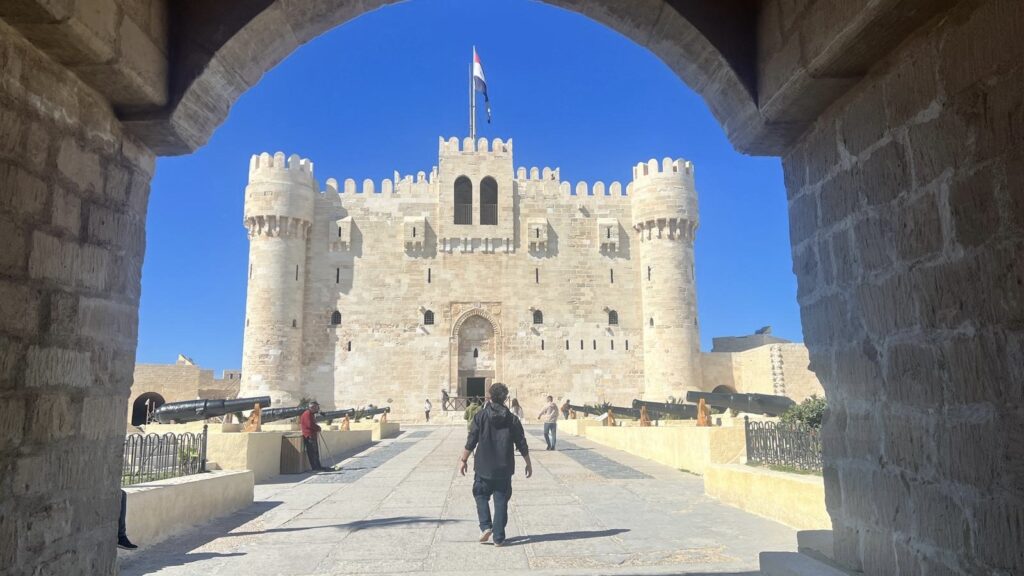
With that in mind, this was hard for me at Qaitbay because of two other structures I couldn’t help thinking of. The first came to mind maybe because I saw it recently for the first time as well, maybe because of the name, or maybe just due to its sublime beauty and architecture, I measured Qaitbay Citadel up against the Citadel of Saladin in Cairo. The second was El Castillo Del Morro in San Juan, Puerto Rico, another fortress by the sea, where I grew up flying kites.
Bibliotheca Alexandrina
The last stop on our visit, and the place where I would most like to return, was the Library of Alexandria. There was much to do there from exploring the library itself, to a lovely book shop featuring books pressed there, to several art and history exhibitions. If I curate a return trip to the city, I would start my journey at the library for a bird’s eye view of Alexandria.
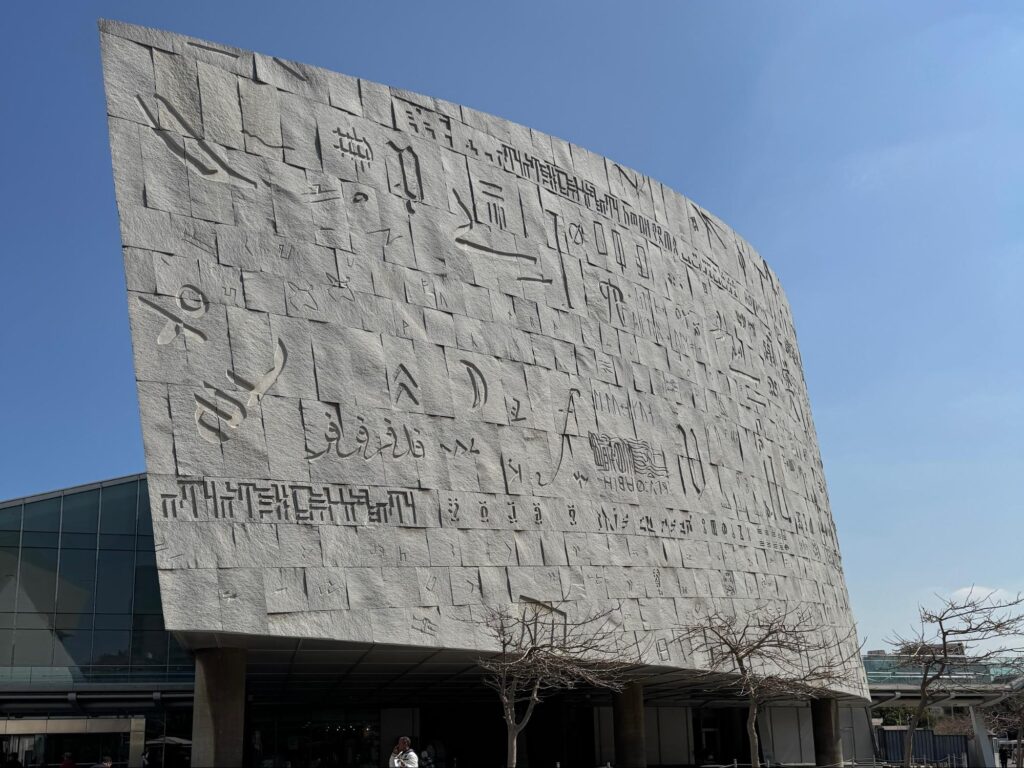
To Close
I sincerely appreciate anyone taking the time to read this! If you want a Spanish translation of this or more blogs on my stay in Egypt this semester feel free to check out my Substack! I didn’t know if I was going to enjoy Alexandria as much as I did, because I was worried I would feel the absences too heavily – the lighthouse is gone, the library is gone. However, this didn’t detract from my experience at all, and in fact added a sort of mythic quality to it, that I was able to enjoy and engage with just as much as the tangible, from citadels to fish shops.


